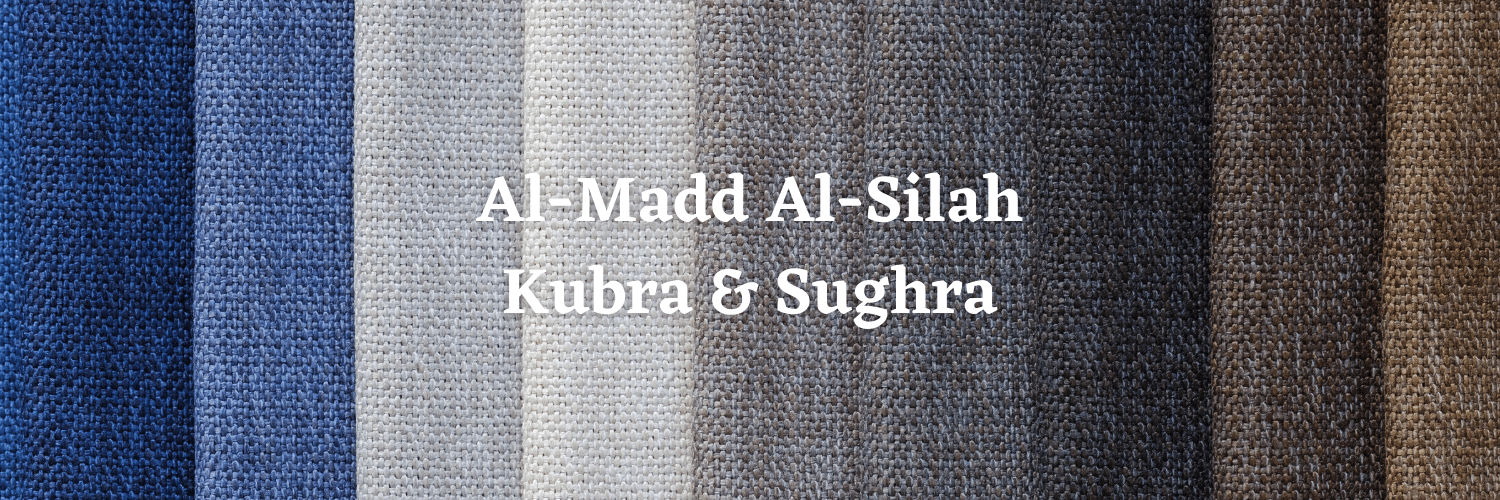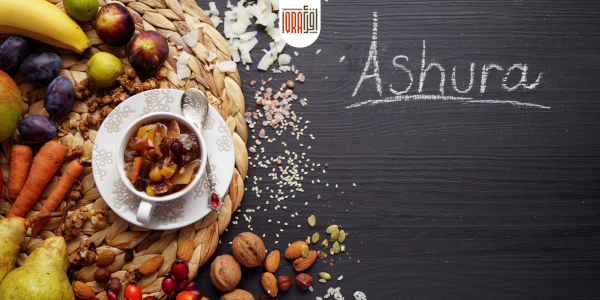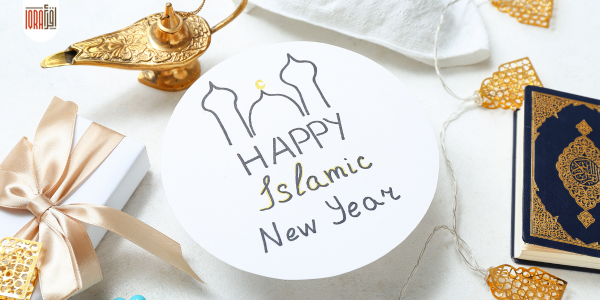The time it takes to repair and re-connect depends on how frequent you undergo a check up. Remember to revisit your heart’s checklist [emotion, faith, intentions, etc] occasionally in order to shorten the time it needs to wholeheartedly repent and re-connect with Allah. Keep in mind though, this isn’t the only connection you’ll need to take care of…..
Al-Madd Al-Silah[1]: the connecting prolongation directly relates to the grammatical rule regarding the [possessive] pronoun that represents a third party of male gender. This [possessive] pronoun is simply the addition of the letter haa ( هــ ) at the end of a word. Therefore the referred third party is not part of the original make up of the word. At the end of a word, the letter haa looks like this ( ــه ).
![]()
The purpose of this madd is to lengthen the dammah in order for it to sound like a waaw (و) or to lengthen the kasra to sound like a yaa (ي). Explanation below.
![]()
Al-madd al-silah separates into two types: kubra (longer) and sughra (lesser).
![]()
Al-madd al-silah al-sughra (the lesser connecting prolongation) has the following conditions:
– the madd becomes void if the reciter stops at the end of the word, sounding a haa saakin, i.e. you must continue to the next word in order to sound this madd
– the haa on the end of the word must not be part of the original word
– the haa sits between two voweled letters (two letters that have a diacritic on them – neither of the two can have a sukoon)
– the haa is not followed by a hamzah ( ء or أ )
– the haa is voweled with either a dammah or a kasra, but NOT a fat-ha
– the dammah or kasra is lengthened for 2 counts only
![]()
Al-madd al-silah al-kubra (the longer/larger connecting prolongation) has the following conditions:
– the madd becomes void if the reciter stops at the end of the word, sounding a haa saakin, i.e. you must continue to the next word in order to sound this madd
– the haa on the end of the word must not be part of the original word
– the haa sits between two voweled letters (two letters that have a diacritic on them – neither of the two can have a sukoon)
– the haa must be followed by a hamzah ( ء or أ )
– the haa is voweled with either a dammah or a kasra, but NOT a fat-ha
– the dammah or kasra is lengthened for 4 -5 counts
![]()
Conditions 1, 2, 3, and 5 are the same for kubra and sughra.
![]()
Examples of al-madd al-silah sughra:
لَهُ مَا فِي
lahuu maa fee
عِبَادِهِ خَبِيرًا
‘ibaadihii khabeeraa
كِتَابَهُ وَرَاءَ
kitaabahuu waraa’a
![]()
Examples of al-madd al-silah kubra:
مَالَهُ أَخْلَدَهُ
maalahooo akhladahu
هَذِهِ إِيمَانًا
haathiheee eemaanan
وَثَاقَهُ أَحَدٌ
wathaaqahuuu ahadun
So did you notice anything similar throughout the examples?
Yes, something other than the fact they are all madd silah…
Did you notice a little waaw and a little yaa after the [possessive] pronoun haa?
These little symbols make this madd too easy!
Notice on the madd silah kubra, all the little symbols have a madd above them).
Notice on the madd silah sughra, all the little symbols don’t have anything above or below!
As you read, just do a check. Does this haa have a little waaw or yaa after it? If so, then know it’s madd silah.
Does this little waaw or yaa have a madd squiggle on top? If so, then it’s a silah kubra, and stretch your yaa or waaw for 4 – 5 counts.
Simple! Right?
![]()
Before I close off this post, I want to note that there are some exemptions.
![]()
Two exemptions for silah sughra are as follow:
Here there is no madd although all the madd silah sughra conditions are met:
يَرْضَهُ لَكُمْ
yardahu lakum
![]()
Here there is a madd although not all the madd silah sughra conditions are met (there is a harf saakin before the haa):
فِيهِ مُهَانًا
feehii muhaanan
![]()
Note 1: there is a third case where the possessive pronoun haa is feminine. In this case, madd silah is still done:
هَذِهِ تَذْكِرَةٌ
haathihii tathkiratun
![]()
Note 2: in case you wanted an example of when the haa is part of the original makeup of a word, here it is below:
فَوَاكِهُ وَهُمْ مُكْرَمُونَ
fawaakihu wa hum mukramoona
All the conditions of madd silah are present (except the haa being unoriginal). It is because of this, that no madd silah is said.
![]()
Resources Link:
– ‘Jadwal Al-Mudood’, eighth madd listed
-Short and long vowels [Gatway To Arabic: pages 21-23; and 44-47]
– ‘Tajweed Basics Foundations And More’ covers a range of mudood
![]()
Note, these documents are found on the resources page.
[1] Al-Madd Al-Silah Al-Kubra wa Al-Sughra: المد الصلة الكبرى و الصغرى





0 Comments
Oops comments are disabled